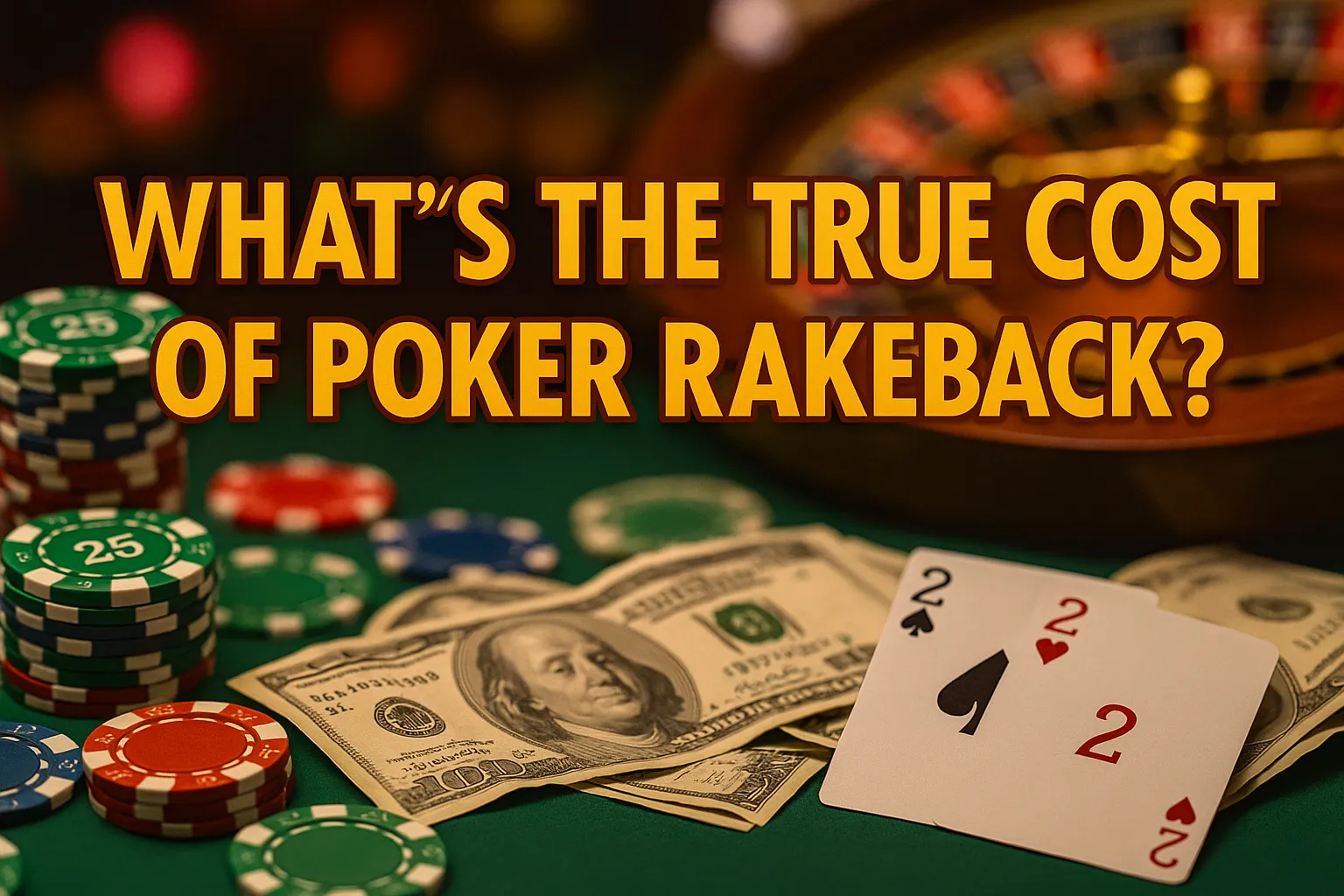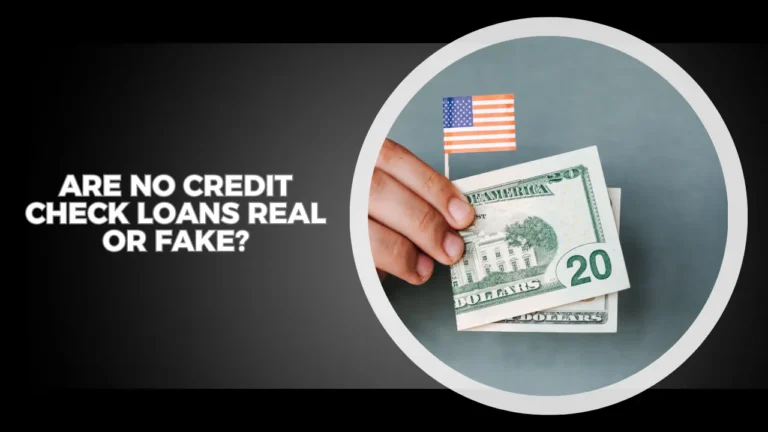As a longtime poker enthusiast, I’ve chased every edge possible—from table selection to bankroll management to tracking software. Yet few perks loom as enticing as rakeback: the promise that a slice of the house’s fee on your pot returns to your pocket. Many players tout rakeback as “free money,” but after spending years bouncing between micro-stakes hold’em tables and mid-limit PLO cash games, I’ve learned that every upside carries hidden trade-offs. In this blog I’ll break down what rakeback really costs you, how to calculate your net benefit (or loss), and practical tips for unlocking genuine value.
Why Rakeback Seems So Attractive
It starts with the headline: “Get up to 40% rakeback.” That alone can make any player’s heart race—an immediate reduction in cost of play. For busy grinders logging hundreds of hours per month, rakeback can add thousands back to your bottom line. Even recreational players drool at occasional lump-sum rebates after a weekend of home-game action or a quick trip to a casino. In its simplest form, rakeback is a direct refund on the small percentage fee that the house takes from each pot or tournament buy-in.
Over the years I’ve experimented with every rakeback model: direct site rebates, third-party poker networks, and even live-venue comps. It’s undeniable that, on paper, rakeback lowers your break-even win rate requirements, giving you extra ammo to chase draws or maintain tighter bankroll goals. But like any perk, it comes with strings attached—and sometimes those strings can tighten your profits if you’re not careful.
Understanding Poker Rakeback
In poker rooms—online or live—you pay the “rake,” a small percentage taken from the pot or tournament fee. Rakeback programs refund a portion of that rake. If you contribute £1,000 in rake over a month and receive 30% rakeback, you get £300 back. Sounds simple, but beneath that surface lie variations that can significantly alter the net result.
In my experience, certain sites—and even entire jurisdictions—structure rakeback to favor high-volume grinders over occasional players. That’s why players sometimes seek out best non uk casinos to find more generous rebate terms or looser lock-in requirements. These platforms often offset looser regulations by offering rebate programs that only activate after you clear steep thresholds, or require playing on specific software with reduced tournament overlays.
Calculating Your True Net Benefit
A critical mistake I initially made was equating advertised rakeback percentages with real profit. To gauge true benefit you must consider:
-
Effective Rake Rate Reduction
If a site takes 5% of a cash-game pot and you get 30% rakeback, your net rake is 3.5%. But if a network imposes caps or time-based multipliers—say only 20% on evening sessions—your effective rate fluctuates throughout the week. -
Opportunity Cost
Many rakeback deals push you toward volume: play more tables, clock hours, or join low-EV tournaments to boost volume. That extra play time carries inherent risk and fatigue, which can erode your win rate. If you grind six tables of sub-EV games to hit a rebate target, your hourly win rate may plunge, nullifying the rebate gain. -
Lock-in Periods and Forfeiture Clauses
Some sites hold your rebate in a “pending” state until you’ve played a certain volume or achieved a minimum level of activity. If you fall short—due to holidays or downswings—you might forfeit the entire rebate. -
Software & Game Selection Restrictions
Rebates might only apply on certain game types or stakes. If you prefer mid-stakes mixed games, a site could limit your rebate to only fixed-limit hold’em, forcing you to either switch games or miss out.
Putting these factors together, the true cost of rakeback isn’t just the rake you pay—it’s the time, energy, and game-type constraints necessary to unlock it.
A Real-World Example
Let’s say you play $1/$2 No-Limit Hold’em online, bringing in $150 in raw rake per month. On a 25% rakeback deal, you expect $37.50 back. But the site caps rebates at $30 unless you play 200,000 hands. To hit 200,000 hands, you’d need roughly 400 hours of play at six tables simultaneously—far above your comfortable limit of two tables. If you stretch to four tables, that still demands over 200 hours. Realistically, you clear only $20. Now your effective rebate falls from the touted 25% to around 13%, reducing your profit cushion.
Beyond Rake: Hidden Fees and Opportunity Costs
Rakeback discussions often ignore ancillary costs. Tracking software subscriptions, HUD fees, and solvers can shave dozens of dollars off a grinder’s monthly profit. Some rebate schemes cost more in membership dues or affiliate splits. I’ve seen players pay for a Rakeback Club membership, only to discover that affiliate commissions reduce their effective rebate by another 5%.
Then there’s variance—if chasing rebate levels pushes you into higher-variance formats, your bankroll swings may spike. A 30% rebate on micro-stakes tourneys might tempt you into larger multi-table fields, but deeper fields bring long hours and sudden bust-outs. The psychological toll of session gameplay for rebates can also lead to poor decisions—tilting you away from optimal play.
Choosing the Right Rakeback Deal
Not all rakeback programs are created equal. Shop around, but be ruthless:
-
Transparency: Avoid platforms with opaque terms. If you can’t find a clear rebate schedule or lock-in requirements, steer clear.
-
Alignment with Your Play Style: If you prefer mixed-game cash sessions, ensure rebates apply there. If you’re a tournaments specialist, look for deals based on buy-in volumes rather than pot rake.
-
No-Strings-Attached vs. Volume-Locked: Some sites offer a flat rebate on any play—ideal for casual players. Others lock rewards behind volume. Decide whether you want frictionless savings or are willing to grind.
-
Rebate Payment Frequency: Daily, weekly, or monthly? Faster payouts improve bankroll flexibility but sometimes come with lower rates.
-
Affiliate Splits: Many “rakeback” deals go through affiliates who take a cut. Research whether you’re getting the full advertised rate or a reduced share.
I personally gravitate to sites with straight-rebate models—no tiers, clear schedules, and no affiliate splits. They may not offer the highest headline percent, but the simplicity and reliability far outweigh a marginally higher but confusing percentage.
Case Studies: Pros & Cons
Grinder Saul’s Windfall
Saul plays 200,000 hands monthly at 100NL. On a direct 30% rebate, he nets $90 extra per month. Because he uses efficient HUDs and multi-tabling, this aligns with his strategy, giving a true net uplift of 20% to his hourly rate.
Hobbyist Anna’s Pitfalls
Anna hops on a 40% promotion, excited by the big number. She makes the mistake of enrolling on a site that caps the rebate at $50 unless she hits 50,000 base points, earned fastest in turbo events she dislikes. She ends up playing sub-optimal games for two months and collects just $30 total—far below what she’d earn on a flat 25% deal without caps.
Live-Tournament Bob’s Balanced Approach
Bob enjoys live 1-2NL cash games and weekly tournaments. He opts for a mixed rakeback program: 20% on cash tables and a tournament points multiplier. Even though the % is lower, he plays his preferred games and collects $100+ monthly without changing his routine. His hourly win rate remains stable, and the rebate feels like a bonus rather than an obligation.
Ethical and Regulatory Considerations
Rakeback can blur the line between incentive and inducement. In regulated markets, promotions must adhere to fair marketing practices. Providers should clearly disclose:
-
Rebate formulas
-
Cap and floor limits
-
Any restrictions on game types
Ignoring these can lead to player complaints or regulatory fines. As more jurisdictions tighten oversight, expect future transparency rules mandating machine-readable rebate schedules and consumer alerts when lock-in thresholds approach.
Maximizing Rakeback Without Sacrificing Value
Ultimately, the smartest approach is a hybrid one: use rakeback as a bonus margin, not the backbone of your profit plan. Treat rebates as a supplement—something you enjoy, but never chase at the expense of sound game selection, tilt control, or bankroll discipline.
Keep a straightforward tracking sheet of your rake paid, rebate received, and hours played. This empowers clear EHV (expected hourly value) calculations. If the marginal cost of chasing extra rebate dips below your comfort win rate threshold, opt out. Sometimes earning slightly less in rebate but retaining a better win rate is far more profitable.
A Personal Takeaway
After years of chasing every new promotion, I now lean on stable, transparent deals. A solid 20–25% rebate with no caps, regular payouts, and wide game coverage delivers peace of mind—and peace of mind translates directly into better decision-making at the felt. Rakeback should never run your poker life; let it ride shotgun, not drive.





